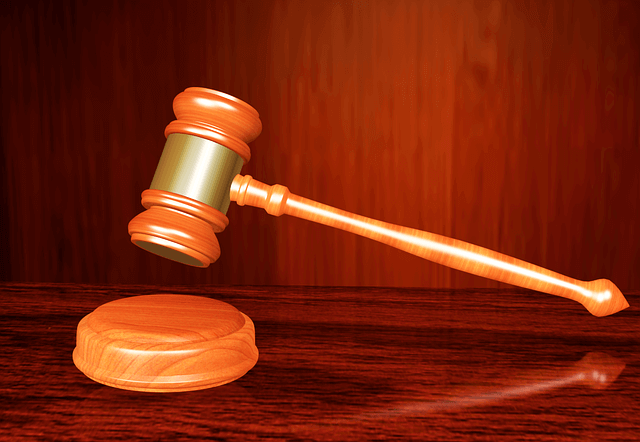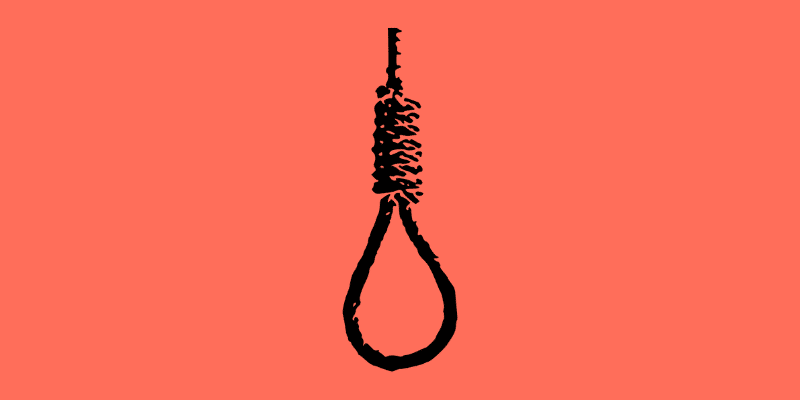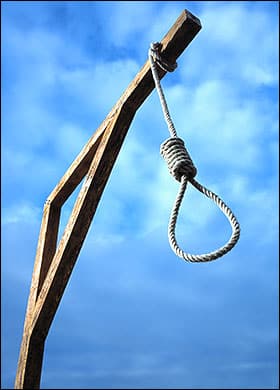Fundamental rights are a group of rights which are guaranteed to all the citizens of the nation by the Constitution of India under Part III. These rights apply universally to all citizens residing in the nation, irrespective of their race, place of birth, religion, caste or gender. They are recognized by law as rights requiring a high degree of protection from the government and they cannot be violated by the Government. Fundamental rights cannot be enforceable against individuals and private entities. The obligation of protecting these rights lies on the government or the state or its authorities.
Most of the Fundamental rights provided to the citizens are claimed against the State and its instrumentalities and not against the private bodies. Article 12 gives an extended significance to the term ‘state’. It is very important to determine what bodies fall under the definition of a state so as to determine on whom the responsibility has to be placed.
The framers of the Constitution used the words ‘the State’ in a wider sense than what is understood in the ordinary or narrower sense. It does not merely mean the states in the Union. The word ‘includes’ in the article shows that the definition is not exhaustive and through judicial interpretations, the court has widened the scope of the Article way beyond what even the framers of Article 12 may have had in mind during the framing of the constitution.
Meaning of State under Article 12
Article 12 of the Indian Constitution states that,
“Definition in this part, unless the context otherwise requires, the State includes the Government and Parliament of India and the Government and the Legislature of each of the States and all local or other authorities within the territory of India or under the control of the Government of India.”
In other words, for the purposes of Part III of the constitution, the state comprises of the following:
- Government and Parliament of India i.e the Executive and Legislature of the Union
- Government and Legislature of each State i.e the Executive and Legislature of the various States of India
- All local or other authorities within the territory of India
- All local and other authorities who are under the control of the Government of India
Key terms discussed under the article
- Government (Union and state)
- Parliament and state legislature
- Local authorities
- Other authorities
- Territory of India
- Control of the government of India
The above-mentioned terms are better explained in the following section along with relevant cases.
Government (Union and state), Parliament and State Legislature
- Parliament: The parliament comprises of the President of India, the lower house of the parliament that is the Lok Sabha as well as the upper house of the Parliament, that is the Rajya Sabha.
- Executive: It is that organ which implements the laws passed by the legislature and the policies of the government. The rise of the welfare state has tremendously increased the functions of the state, and in reality, of the executive. In common usage, people tend to identify the executive with the government. In contemporary times, there has taken place
A big increase in the power and role of the executive in every state. The executive includes the President, Governor, Cabinet Ministers, Police, bureaucrats, etc.
- Legislature: The legislature is that organ of the government which enacts the laws of the government. It is the agency which has the responsibility to formulate the will of the state and vest it with legal authority and force. In simple words, the legislature is that organ of the government which formulates laws. Legislature enjoys a very special and important in every democratic state. It is the assembly of the elected representatives of the people and represents national public opinion and power of the people.
- Government: The law-making or legislative branch and administrative or executive branch and law enforcement or judicial branch and organizations of society. Lok Sabha (the lower house) and Rajya Sabha (the upper house) form the legislative branch. Indian President is the head of the state and exercises his or her power directly or through officers subordinate to him. The Supreme Court, High Courts, and many civil, criminal and family courts at the district level form the Judiciary.
- State Legislature: The legislative body at the state level is the State Legislature. It comprises of the state legislative assembly and the state legislative council.
Local Authorities
Before understanding what a local authority is, it is important to define Authorities. According to Webster’s Dictionary; “Authority” means a person or body exercising power to command. When read under Article 12, the word authority means the power to make laws (or orders, regulations, bye-laws, notification etc.) which have the force of law. It also includes the power to enforce those laws
Local Authority: As per Section 3(31) of the General Clauses Act, 1897,
“Local Authority shall mean a municipal committee, district board, body of commissioner or other authority legally entitled to or entrusted by the Government within the control or management of a municipal or local fund.”
The term Local authority includes the following:
- Local government: According to Entry 5 of the List II of VII Schedule ‘local government’ includes a municipal corporation, improvement trust, district boards, mining settlement authorities and other local authorities for the purpose of local self-government or village administration.
- Village Panchayat: In the case of Ajit Singh v. State of Punjab, it was held that within the meaning of the term local authority, village panchayat is also included.
Test to determine Local Authorities
In Mohammad Yasin v. Town Area Committee, the Supreme Court held that to be characterized as a ‘local authority’ the authority concerned must;
- Have a separate legal existence as a corporate body
- Not be a mere government agency but must be legally an independent entity
- Function in a defined area
- Be wholly or partly, directly or indirectly, elected by the inhabitants of the area
- Enjoy a certain degree of autonomy (complete or partial)
- Be entrusted by statute with such governmental functions and duties as are usually entrusted to locally (like health, education, water, town planning, markets, transportation, etc.)
- Have the power to raise funds for the furtherance of its activities and fulfilment of its objectives by levying taxes, rates, charges or fees
Other Authorities
The term ‘other authorities’ in Article 12 has nowhere been defined. Neither in the Constitution nor in the general clauses Act, 1897 nor in any other statute of India. Therefore, its interpretation has caused a good deal of difficulty, and judicial opinion has undergone changes over time.
The functions of a government can be performed either the governmental departments and officials or through autonomous bodies which exist outside the departmental structure. Such autonomous bodies may include companies, corporations etc.
So, for the purpose of determining what ‘other authorities’ fall under the scope of State, the judiciary has given several judgements as per the facts and circumstances of different cases.
In the University of Madras v. Shanta Bai, the Madras High Court evolved the principle of ‘ejusdem generis’ i.e. of the like nature. It means that only those authorities are covered under the expression ‘other authorities’ which perform governmental or sovereign functions. Further, it cannot include persons, natural or juristic, for example, Unaided universities.
In the case of Ujjammabai v. the State of U.P., the court rejected the above restrictive scope and held that the ‘ejusdem generis’ rule could not be resorted to the in interpreting ‘other authorities’. The bodies named under Article 12 have no common genus running through them and they cannot be placed in one single category on any rational basis.
Lastly, in Rajasthan Electricity Board v. Mohan Lal, the Supreme Court held that ‘other authorities’ would include all authorities created by the constitution or statute on whom powers are conferred by law. Such statutory authority need not be engaged in performing government or sovereign functions. The court emphasized that it is immaterial that the power conferred on the body is of a commercial nature or not.
Territory of India
Article 1(3) of the Constitution of India states that;
“The territory of India shall comprise- (a) the territories of the States;(b) the Union territories specified in the First Schedule; and (c) such other territories as may be acquired.”
In the case of Masthan Sahib v. Chief Commissioner, the court held that the territory of India for the purposes of Article 12 means the territory of India as defined in Article 1(3).
Control of the government of India
Under Article 12, the control of the Government does not necessarily mean that the body must be under the absolute direction of the government. It merely means that the government must have some form of control over the functioning of the body. Just because a body is a statutory body, does not mean that it is ‘State’. Both statutory, as well as non-statutory bodies, can be considered as a ‘State’ if they get financial resources from the government and the government exercises a deep pervasive control over it.
For example- State includes Delhi Transport Corporation, ONGC and Electricity Boards, but does not include NCERT as neither is it substantially financed by the government nor is the government’s control pervasive.
The test laid down in the case of Ajay Hasia is not rigid and therefore if a body falls within them, then it must be considered to be a State within the meaning of Article 12. It was discussed in the case that– “whether in the light of the cumulative facts as established, the body is financially, functionally and administratively dominated by or under the control of Government. Such control must be particular to the body in question and must be pervasive.
Whether State includes Judiciary?
Article 12 of the Constitution does not specifically define ‘judiciary’. This gives the judicial authorities the power to pronounce decisions which may be contravening to the Fundamental Rights of an individual. If it was taken into the head of ‘State’, then as per the article, it would be by the obligation that the fundamental rights of the citizens should not be violated. Accordingly, the judgements pronounced by the courts cannot be challenged on the ground that they violate fundamental rights of a person. On the other hand, it has been observed that orders passed by the courts in their administrative capacity (including by the Supreme Court) have regularly been challenged as being violative of fundamental rights.
The answer to this question lies in the distinction between the judicial and non-judicial functions of the courts. When the courts perform their non-judicial functions, they fall within the definition of the ‘State’. When the courts perform their judicial functions, they would not fall within the scope of the ‘State’.
So, it can be noted that the judicial decision of a court cannot be challenged as being violative of fundamental rights. But, an administrative decision or a rule made by the judiciary can be challenged as being violative of fundamental rights, if that be supported by facts. This is because of the distinction between the judicial and non-judicial functions of the courts.
In the case of Naresh Shridhar Mirajkar v. State of Maharashtra, AIR 1967 SC 1, a 9-judge bench of the Supreme Court held that a judicial decision pronounced by a judge of competent jurisdiction in or in relation to a matter brought before him for adjudication cannot affect the fundamental rights of the citizens since what the judicial decision purports to do is to decide the controversy between the parties brought before the court and nothing more. Therefore, such a judicial decision cannot be challenged under Article 13.
Conclusion
The Constitution of India not only gives fundamental right to the citizens but also imposes the duty on the state to ensure that the fundamental rights are protected. The court through its interpretations has widened the scope of the term State to include a variety of statutory and non-statutory bodies under its umbrella.
The need to determine what falls within the meaning of state is, to assign the party on whom the duty to implement such right is placed upon. Not only that, the definition of state under Article 12 has several words which may not have definite meanings, words such as local authorities, control of government, other authorities, etc. and as seen in the above sections, the courts have, through the course of their judgements, described the extent of the article by laying down a test and discussing the meaning of the terms.

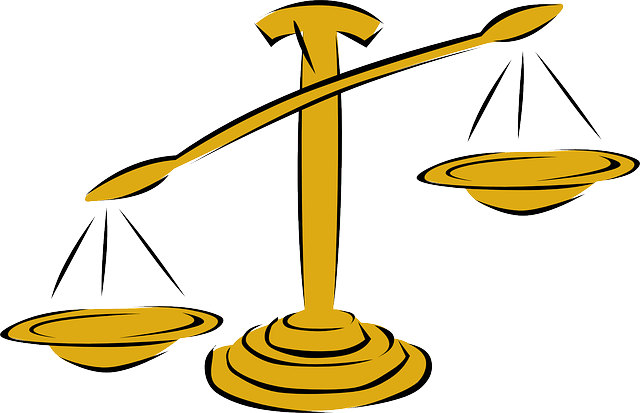
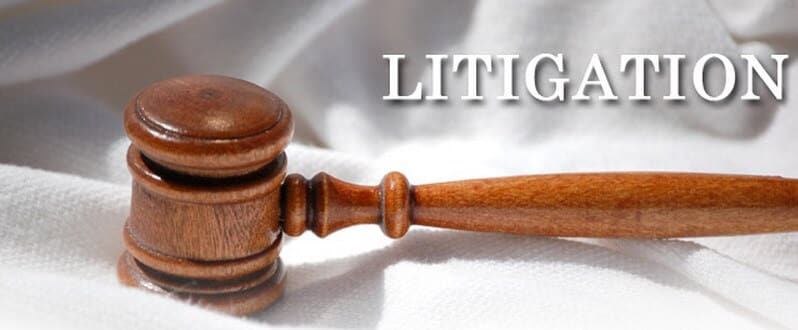
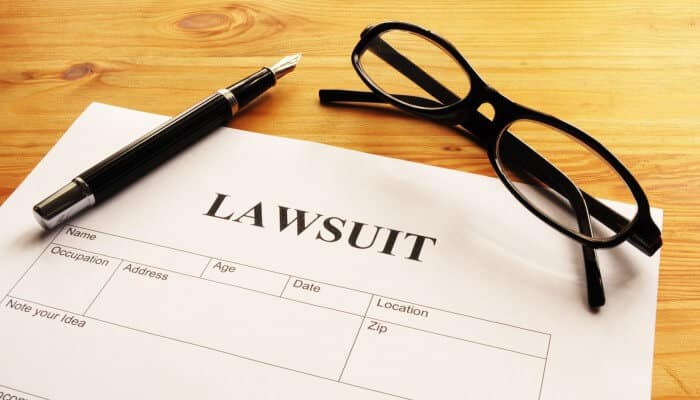

 Contempt of court is the offence of being disobedient to or disrespectful towards a court of law. Being disrespectful to legal authorities in the courtroom, or wilfully failing to obey a court order may attract Contempt of Court proceedings. A judge may impose sanctions such as a fine or jail for someone found guilty of contempt of court.
Contempt of court is the offence of being disobedient to or disrespectful towards a court of law. Being disrespectful to legal authorities in the courtroom, or wilfully failing to obey a court order may attract Contempt of Court proceedings. A judge may impose sanctions such as a fine or jail for someone found guilty of contempt of court.

